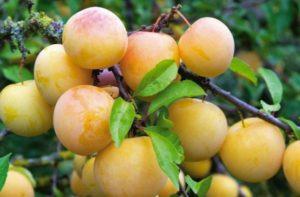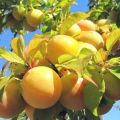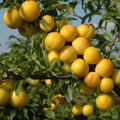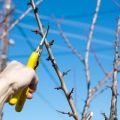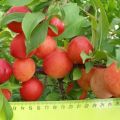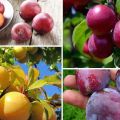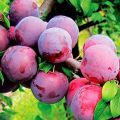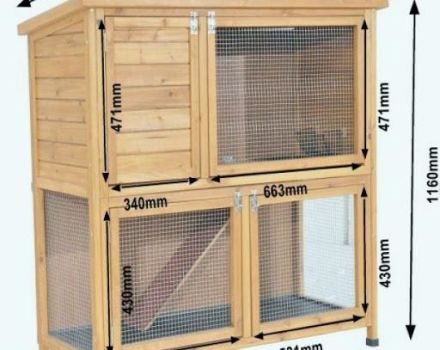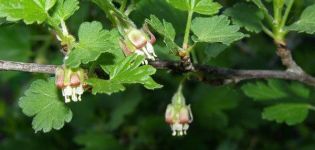Description and characteristics of the Kabardinka plum variety, planting and care
Plum Kabardinka is the earliest and sweetest crop. It ripens at the end of July, and in August it must be cut off, otherwise the fruits will fall from the tree and begin to rot. This variety loves to the best of solar heat and moisture, does not tolerate strong winds. Kabardinka is a southern plant; in regions with frosty winters, it can freeze. Ideal for lovers of sweet and juicy fruits.
Plum breeding history
The plum variety Kabardinka was obtained by breeders of the North Caucasian Institute of Horticulture quite by accident - thanks to the pollination of the plum Anna Shpet. In 1959, Kabardinka was entered in the State Register. The variety is recommended to be grown exclusively in the southern regions. The fruit tree is not as hardy as the Hungarian. However, if the plant is protected from frost, it will delight summer residents with juicy and fragrant fruits every year.
Pros and cons of Kabardinka
Variety advantages:
- self-pollination;
- simple separation of the pulp from the bone;
- early maturation;
- resistance to fungal diseases;
- excellent taste characteristics;
- beautiful shape.
Disadvantages of Kabardinka:
- low frost resistance;
- the need for regular pruning;
- decreased palatability in drought or rainy weather;
- too fast falling of ripe fruits.
Description of the variety
Plum Kabardinskaya early ripens in late July and early August. The variety is native to the southern regions. This fruit tree has its own characteristics. It is low, with a strong crown, large, sweet fruits.
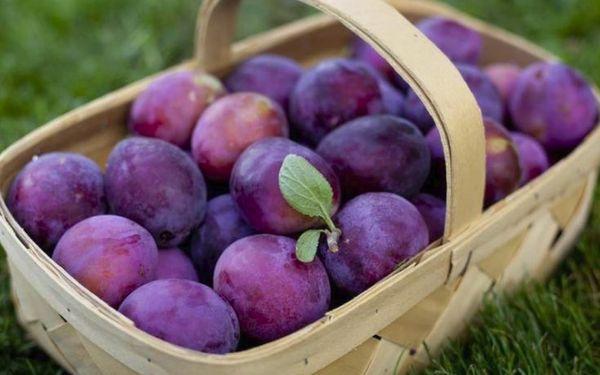
The size of the crown and root system
Description of the Kabardinka plum tree: a medium-tall trunk with a wide but sparse crown. At 10 years old, the plant reaches almost 6 meters in length. The crown at this age grows up to 3 meters wide and looks like a pyramid. The leaves are dark green, oval, with jagged edges and a sharp tip.
The seedling begins to bear fruit gradually 5 years after planting. The most productive age is 10-15 years. A tree, with proper care, can live up to 30 years. The root system is pivotal, the main part of the roots is at a depth of 40 centimeters.
All about flowering and fruiting
Plum Kabardinka blooms in late April and early May. Flowering is abundant. Description of flowers: small inflorescences, 1.5-2 centimeters in diameter, white, with 5 petals and long yellowing stamens.The plant is self-pollinated, does not require additional planting of pollinators. True, if other varieties of plums are planted nearby, the yield will be higher. From one tree (depending on age), you can collect 55-125 kilograms of sweet fruits.

Fruits are large, oval, weighing 45.5 grams. Sometimes there are accreted plums weighing 90.5 grams. On roundish fruits, the seam is almost invisible. The pulp is dense, juicy, amber. The skin is shiny, tough, purple-burgundy. Above the plum is covered with a bluish bloom. There is not a very large bone inside the fetus. In ripe plums, it separates well from the pulp.
Taste qualities of fruits
Plum Kabardinka is the most delicious of the early varieties. Fruit pulp is refreshingly sweet, with a slight sourness. The plum is very juicy, retains its shape for a long time and does not deteriorate. Kabardinka can be eaten fresh, made jams, compotes or dried, dried, frozen.
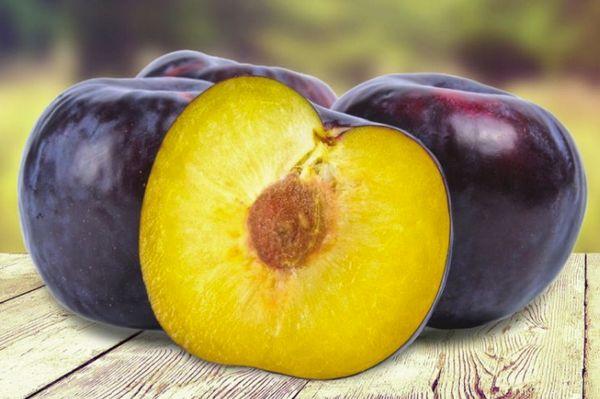
The plum contains fructose, sucrose, glucose, vitamins A, B1, B2, PP, C, H, as well as minerals - potassium, magnesium, iron and others. Plum gently cleanses the stomach and normalizes the activity of the digestive tract. Calorie content - 45 kilocalories per 100 grams.
Main characteristics of culture
The tree blooms in mid-spring and blooms very profusely. True, not all flowers form fruit. Plum is very sensitive to the vagaries of the weather. In case of spring frosts, not only flowers, but also ovaries can die.
Disease and pest resistance
The plant is resistant to many common plum diseases. Kabardinka rarely suffers from red, brown spot, moniliosis. Diseases that can affect this variety: witch's broom, gum flow, plum pockets, clotterosporia. For the prevention of diseases, it is recommended to spray the tree with a solution of copper sulfate, Bordeaux mixture. To combat fungi, the following drugs are used: Topaz, Skor, Horus.

Insects that infect Kabardinka: plum moth, ticks, aphids, plum sawfly. Various insecticides are used to control pests. For example, drugs Gaupsin, Bitoxibacillin.
Resistance to negative temperatures and drought
Plum Kabardinka does not tolerate drought and too rainy weather. In dry summers, its fruits become small. In the rainy season, the plum grows large, but sour. Kabardinka does not tolerate too frosty winters. The optimum winter temperature is -10 degrees below zero. If the temperature drops below 15 degrees in winter, the tree may freeze and die.
Planting and growing Kabardinka on the site
It is advisable to plant the Kabardian plum in spring. In the case of autumn planting, young seedlings may die during the winter. During spring planting, the plant will have time to take root well in a new place over the summer and gain strength.

For plums, it is advisable to choose a place lit by the sun, protected from winds and drafts. Kabardinka prefers fertile, loose, not acidic and not swampy soil. The distance to groundwater must be at least 1.5 meters. It is advisable to plant the plum away from pear, poplar, birch. Neutral neighbors are apple trees, gooseberries, raspberries.
A hole is prepared for planting, 50-70 centimeters deep. It is advisable to purchase seedlings up to 2 years old. A bucket of rotted humus or compost is introduced into the dug hole. In addition to organic additives, the plant needs mineral fertilizers. The earth is mixed with superphosphate (100 grams), potassium sulfate (120 grams), potassium chloride (80 grams), wood ash (500 grams). The seedling is lowered into the hole and sprinkled with soil up to the root collar. Then the soil is tamped, watered, sprinkled with sawdust on top.
Tree care
The Kabardinka plum must be constantly looked after: regularly cut, water, feed on time, carry out preventive measures against diseases and pests. With proper agricultural technology, the tree will delight you with an abundant sweet harvest every year.
Irrigation frequency
Plum Kabardinka is demanding on moisture, but does not tolerate swampy soil. At the end of spring, when ovaries appear, the tree must be watered in dry season. Watering is carried out twice a week. The earth should be well saturated with moisture. In dry summers, the tree is watered during the period of fruit ripening. From 1 to 5 buckets of water are poured under the tree, depending on the size.
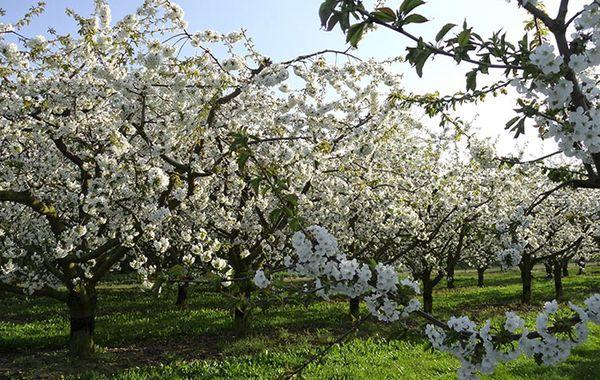
Regular feeding
To obtain high yields, the plant must be constantly fertilized. In September, it is advisable to add half a bucket of rotted humus, as well as 40 grams of double superphosphate and potassium sulfate. In the spring, the plant is fertilized with urea (30 grams). Before fertilizing, the soil near the tree is watered, then loosened. If the soil is too acidic, add 300 grams of lime or 500 grams of wood ash.
Barrel circle care
It is advisable to water, loosen and treat the land near the tree with insecticides. In the spring, the trunk can be whitewashed with slaked lime. The soil will not lose moisture if it is mulched with bark or sawdust. In autumn, all fallen leaves and dry branches must be removed from under the tree and burned. They can contain pests.
Crown formation
Crown pruning is carried out in the third year after planting. Fan molding of twigs is done. The crown is shortened by 20 centimeters in early spring, before the buds awaken, or in late autumn, after leaf fall. Be sure to remove dried and diseased twigs. Do less often too dense crown.
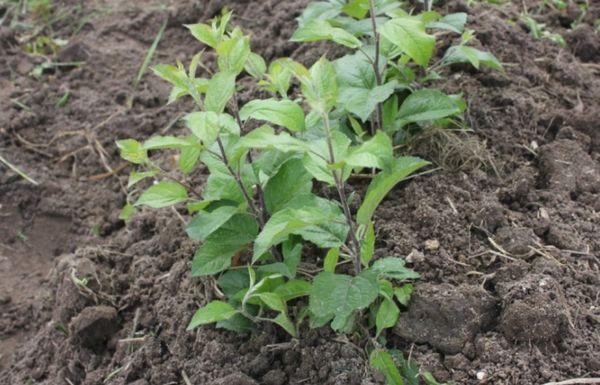
Preventive treatments
As a preventive measure, you can spray the plum with a solution of copper sulfate or Bordeaux mixture. If signs of any fungal disease appear on the tree, then all diseased branches, fruits and leaves must be removed. Then the plant is sprayed with a solution of any fungicide. The tree is less likely to get sick if you constantly cut off excess branches and regularly fertilize the roots.
To prevent pest attacks in spring and autumn, the plant is irrigated with insecticides. The following drugs are used: Chlorofos, Karbofos, Apollo, Neoron. You can use folk methods and spray the plum with tincture of wormwood, pine needles, a solution of gasoline.
Reproduction methods
The plant can reproduce in various ways: cuttings, grafts, root shoots. Seed propagation is used only to obtain rootstocks. Cuttings are small twigs cut from the mother plant, they are grafted onto another variety of plum in the spring when the juices from the ground move upward. This usually happens in April or May. Kidney grafting is carried out in the summer, during the period of the most active movement of juices (in July or August).

When propagating by root shoots, the root is cut, which connects the young shoot to the mother tree. The plant is transplanted to a new location in the spring. It is advisable to choose the seedling that is farthest from the mother tree. Such a plant feeds almost independently. A shallow hole is prepared for a young seedling. The earth is fertilized with organic matter and minerals. The plant is planted in a hole, sprinkled with earth and watered abundantly. The near-trunk soil can be mulched.
Plum can be propagated by root cuttings. To do this, in the autumn, the roots are dug at a distance of one meter from the tree. The planting material should be 15 centimeters long and 1.5 centimeters thick. The dug roots are stored in a sand-peat mixture until spring.
At the end of April, root cuttings are planted in specially prepared (fertilized) soil. They must take root and shoot. When the seedlings grow a little, they are transplanted to a permanent place.

